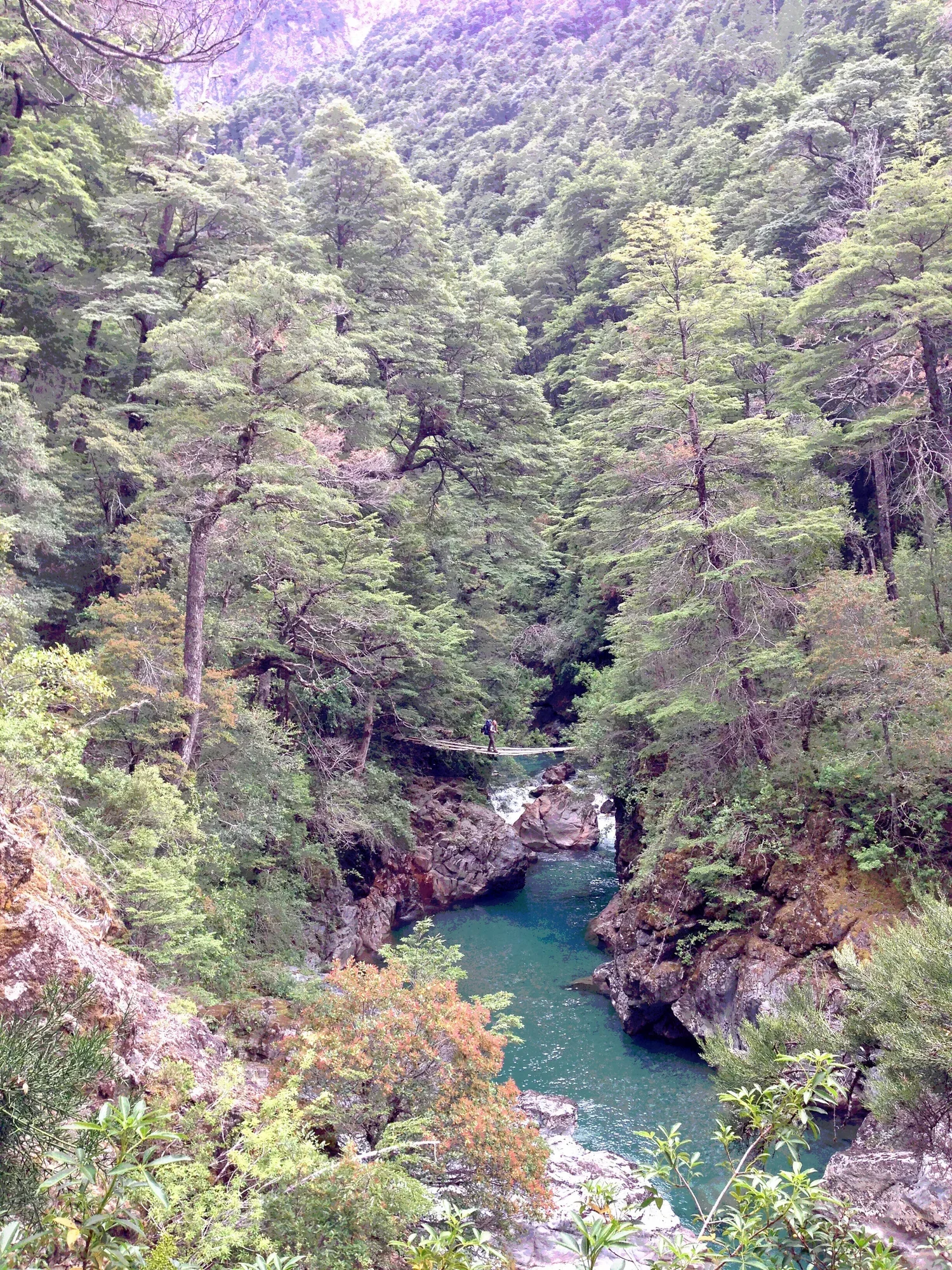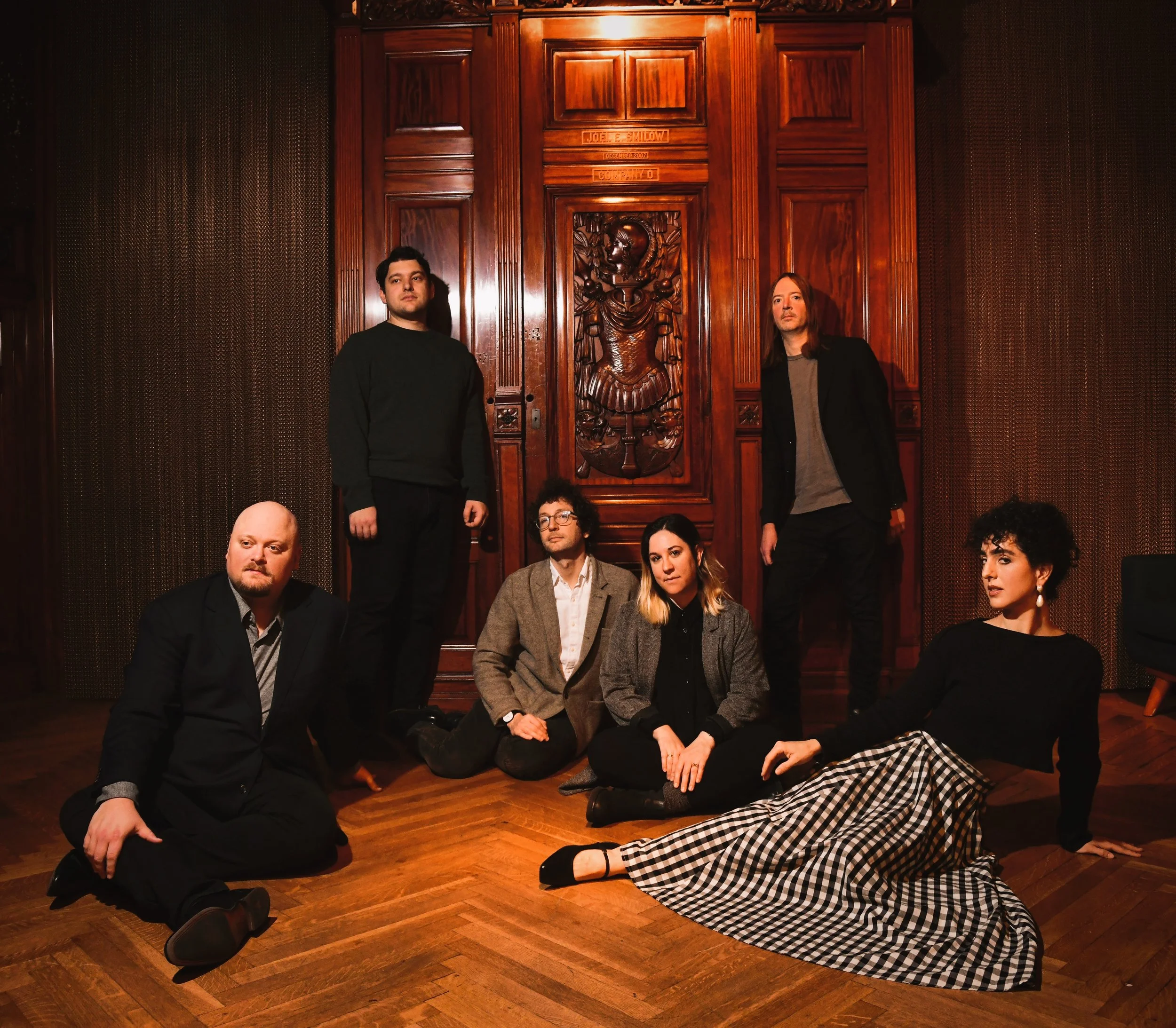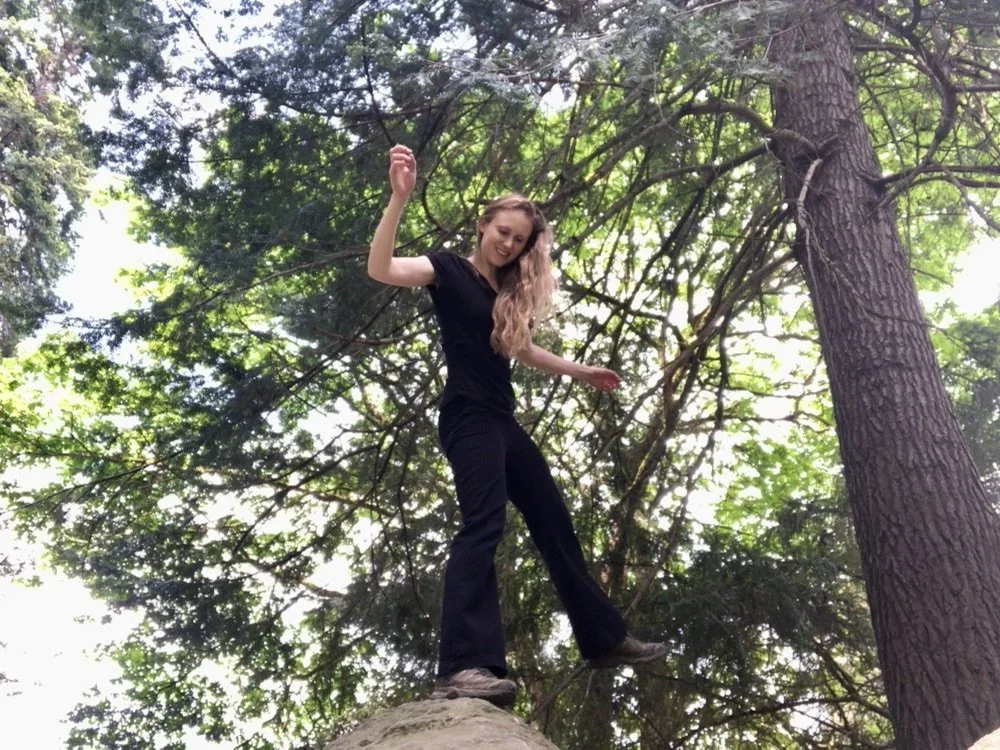By Amy Chatelaine
“So many unknown languages, to think we have / only honored this strange human tongue…” reflects Ada Limón, 24th Poet Laureate of the United States. Limón offers this recognition in her poem “Startlement,” which she wrote as an introduction to the Fifth National Climate Assessment, and published in a collection under the same title (Startlement: New and Collected Poems, Milkweed Editions, 2025). I met these lines while steeped in research for the interview you’ll read below — research that gleefully pulled me into the internet’s many tributaries, hoping to surface recordings of unknown languages among our fellow species.
Which is all to say: Gabriella Smith’s music is an invitation into joy and enchantment. It is also a visceral encounter with all we risk losing, and an invocation for that reckoning to flow into local climate action.
In Aquatic Ecology, the environmentalist and composer turns the mic — or rather, dips the mic — in the direction of aquatic voices we seldom allow to capture our attention. For the creation of her recent composition, Smith submerged a hydrophone into the waters of various ecosystems — the Olympic Peninsula (Washington), Green Island (Oregon), the island of Huahine (French Polynesia), among others — gathering field recordings of underwater languages, from chattering dolphins to crackling shrimp to munching parrotfish. And she tapped yMusic to join the conversation and transmute it for a broader listening audience. With every mimetic stroke, scratch, pluck, and breath, the genre-leading sextet makes the foreign feel more tangible, evoking a connection unlike many have ever experienced with submerged creatures, great and small.
Smith is a longtime collaborator with yMusic, and ongoing creative partner of cellist Gabriel Cabezas. Together, they released Lost Coast, a dynamic album created in response to the impacts of climate change on Smith’s home state of California. Smith and Cabezas’s innovative collaboration extends back to the early days of their friendship while students at the Curtis Institute of Music. The two will open the November 8th performance with selections from Lost Coast and more.
Ahead of presenting this Twin Cities premiere of Aquatic Ecology, Cabezas and yMusic violist Nadia Sirota offered reflections to take with you into the performance: on Smith’s enchanting ability to alter perceptions of sound, on expanding the voice of their instruments through encounters with aquatic languages, and on the singular experience of making chamber music with a choir of humming fish.
You might enjoy exploring your own reflections to the opening question:
What acoustic landscapes have been formative for each of you, personally?
Gabriel Cabezas: I’ve always been a pretty urban guy, but I’m a sucker for sounds you might hear outside in winter — wind, snow, ice melting or cracking, and the sound of crackling fire always do it for me.
Nadia Sirota: There are so many incredible sounds out there! Crickets in the Northeast peeking through during rests in summer chamber music concerts, ocean waves in conversation with wind on rocky beaches, hearing a breeze make its way towards you via treetops, just to name a few.
For the Cal Performances premiere of Aquatic Ecology early this year, the program notes included a brief reflection from yMusic, where you share: “We love this music, which feels like an extension of who we are and what we hold dear.” For those discovering yMusic for the first time, who are you? What is it that you hold dear? And how has this project been an extension of that?
Sirota: I have always held that the best and most compelling performances come from sharing work that you love dearly. In the 17 years of yMusic’s existence, the six of us musicians have created a body of work together that we feel resonates with us the most; we love discovering new music, and learning about each other through art. We are more into the joy of music and music-making than a specific genre or format. We understand that attending a concert of new music is an act of trust, and we aspire to earn that trust through furious and thoughtful curation.
As an ensemble, yMusic has been sought after as collaborators with a dynamic array of composers and performing artists (Paul Simon, Caroline Shaw, Nico Muhly, Marcos Balter, to name a few). Reflecting this, The New York Times wrote: “With yMusic, the performers act as co-conspirators in the compositional process, interacting with the music as a living document, not an abstract ideal.” Could you talk about how that came into play in your work with Gabriella Smith for this piece?
Cabezas: All of the composers yMusic has worked with have come to our initial collaboration as good friends of at least a couple members of the group. The inherent trust in these relationships can allow us to push different sounds or ideas further than a composer’s initial ideas might have been. For this piece, there are a lot of extended techniques in the different instruments that we workshopped with Gabriella to find good matches with the field recordings, and she gives us a lot of room to play around and at times improvise with the palette that she’s created with us. It’s a privilege to get to dive deep into a sound world you create with other musicians and make something new in every performance.
Sirota: We love to workshop new works, and Gabriella is a compulsive workshopper in the best way. We got together in the studio before she began composing the work and tried tapping, scraping, pinching, and manipulating our instruments in every way we could think of. As the piece has matured and evolved, Gabriella has been liberal with texts, voice memos and more, trying to realize her vision in the context of this group and our strengths and proclivities. We LOVE to work this way! And I believe you can hear the gorgeous result in the piece.
If this will be someone’s first encounter with Gabriella Smith’s work, what would you share to invite them into the piece? What would you be excited for them to listen, or even watch for?
Cabezas: One of my favorite things about Gabriella’s music is how she’s able to alter our perception of the different sounds that instruments can make. In this piece, she often pairs individual instruments, or groups of instruments, with sounds of different natural phenomena (ice melting, whales, fish eating coral, etc) — I love the idea of nature and chamber music becoming one in this way.
Sirota: Gabriella has an incredible knack for creating new textures with old instruments, using them in a new way, employing a new technique to create something very unique, yet she can then combine these new textures in ways that sound organic and almost inevitable. It’s a phenomenal ability, and we are so excited to perform her work!
Could you describe what it was like to work with the field recordings? Did you have a favorite?
Cabezas: A personal favorite of mine is an extended passage where I imitate some very long whale songs in glissando. It’s a super fun technique, and I love the reassurance that I’m doing the right thing from the pre-recorded whales.
Sirota: Definitely the plainfin midshipmen. These fish HUM PITCHES!! Gabriella put choirs of them together and they are so fun to perform with.
Thanks to Gabriel and Nadia for sharing your insight and enthusiasm.
From Deep Listening to Loving Response
“People coming to my concerts are aware of the climate crisis, but they just feel despair, which isn’t useful, and music is a good tool for feeling the things we need to feel in order to do the work that we need to do. … I want to provide that link from feeling things to being involved in some kind of integral, local action.”
To experience a live performance of Gabriella Smith’s work is to experience the alchemical — not only in her transmutation of hidden sounds, but in her facilitation of a greater fluency between the listening audience and their local ecosystem.
Cabezas pointed to the experience of presenting Aquatic Ecology at an outdoor performance with Tippet Rise Art Center in Montana. The site was once a sea bed, with prehistoric fossils visible to the casual passerby. “It was amazing to hear the piece reflected off the land,” he shared, “and to be reminded how close we are to the history of changing underwater ecosystems wherever we are in the world.”
For her Twin Cities premiere, Gabriella located a site sixteen miles west of the Walker Art Center, where you can find one of the best remaining examples of the Big Woods forest in Minnesota. Wolsfeld Woods SNA (Long Lake) hosts stretches of oak forest, emergent marsh, and some of the state’s largest sugar maple trees. You can join Gabriella there the morning after the performance for a collective effort of buckthorn removal, a widespread invasive species. We’re grateful to the Minnesota DNR’s Scientific and Natural Areas Program for this opportunity to pair deep listening with tangible response, and to continue the conversations sparked by Aquatic Ecology with others in the audience.
Sun, Nov 9, 10 am—2 pm
Register here (free, spots are limited)
An Evening with Gabriella Smith & yMusic
Sat, Nov 8, 7:30 pm
Walker Art Center
Aquatic Ecology was commissioned by Liquid Music, Walker Art Center, and Schubert Club
Amy Chatelaine is a writer and creative producer based in the Twin Cities. Her work interweaves wisdom and best practices from her cross-disciplinary background in public health, contemplative spirituality, and the arts. Amy holds an MDiv from Emory University and BA in Biology from St. Olaf College. She is also a cellist with the Prodigal Quartet, and frequent visitor of Minnesota’s state parks.
Follow Gabriel Cabezas
Website: gabrielcabezas.com
Instagram: @starbuckcello
Facebook: @gabrielcabezascello
Follow Nadia Sirota:
Website: nadiasirota.com
Instagram: @nadiasirota
Facebook: @nadiasirota
Follow Gabriella Smith:
Website: gabriellasmith.com
Instagram: @gabriella.coati
Follow yMusic:
Website: ymusicensemble.com
Instagram: @ymusicnyc
Facebook: @yMusicensemble
Follow Liquid Music for updates and announcements:
Instagram: @liquidmusicseries
Facebook: @liquidmusicseries
Newsletter: liquidmusic.org/newsletter





